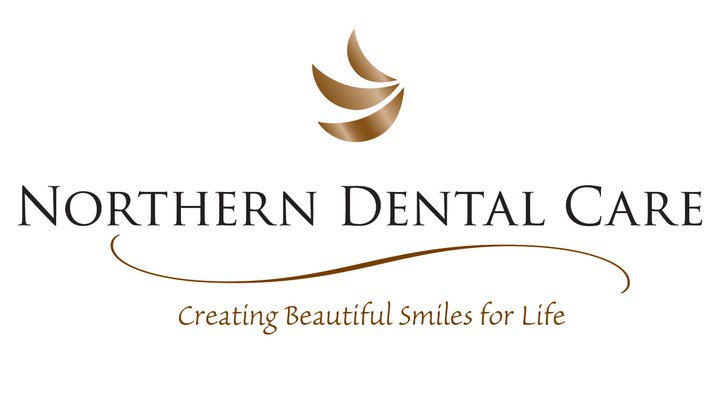Your dental professional may have recommended a crown for one or multiple teeth due to a variety of reasons. You may be wondering what this entails and what will happen during your appointments... Read on below to understand the rationale for placing a crown on a tooth, what types of crowns/caps there are and what will happen during your appointments.
Rationale for crowning/capping a tooth (or multiple teeth)
At times teeth can break down to the point that they cannot be fixed with just a filling (not without long term risk of fracture) and a dental crown or cap is recommended. When a minimal amount of tooth structure is remaining due to a large cavity or fracture, the filling material has nothing to be bonded on to and cannot be provided. This would be a reason your dentist may recommend a crown.
Another reason to place a crown on a tooth is for those tooth or teeth that have had root canal treatment. A root canal treated tooth is hollow, non-vital (without blood supply and pulp) and becomes brittle, with higher likelihood to fracture. Many times when a root canalled tooth fractures they break vertically which means the tooth is unsalvageable and must be extracted. The gold standard is to crown a root canalled tooth to retain the tooth/teeth long term. If you have spent the money to root canal a tooth and save it, it only makes sense to protect your investment in the long term by crowning it.
Types of crowns
Three main types of crowns exist; full metal, full porcelain/ceramic and porcelain fused to metal.
Full metal crowns, usually made of gold and are a good option for non-esthetic areas of the mouth such as a back molar. Gold is very compatible with gum tissue but the downside is poor esthetics as most people do not like a gold tooth where it could be seen.
Full porcelain crowns, usually made of zirconia, alumina and other esthetic ceramic options. These are the gold standard for esthetic cases where crowns/caps are replacing teeth in the anterior (front) portion of the mouth and other areas where esthetics are important. These types of materials can be used for front or back teeth. They are provide the lustre, shine and colour composition that can be custom shaded to match adjacent teeth. The beauty of these crowns cannot be matched by full metal or porcelain fused to metal crowns. The strength of many of the new full porcelain/ceramic crowns are equal or surpass those of porcelain fused to metal crowns.
Porcelain fused to metal crowns are exactly what their names say, porcelain material that is fused onto a metal foundation. This metal coping can be made of various non-precious metals and sometimes if an allergy exists to any of them used an allergic inflammatory reponse can occur in the surrounding gum tissue. These are not optimally used in front teeth as they do not have the same lustre, shine and beauty of a full porcelain crown as well if at any time the gum tissue adjacent to the crown/caps recedes it will expose the metal collar in the crown coping revealing poor esthetics. Porcelain fused to metal crowns can be used acceptably in back teeth that are not in the smile line.
What happens during my dental crown appointment?
A dental crown appointment is usually broken into 2 steps, the preparation appointment and the cementation appointment. At both appointments it will start with freezing to ensure you are comfortable and we will review what will be done at the appointment.
The first appointment entails preparing the tooth/teeth for the crown by shaving down about 1mm around the whole tooth to make a strong foundation for the crown, this is called a core. The purpose of doing this is to make enough space for the new crown to be cemented onto and to provide clearance for the opposing/adjacent teeth. After this is done many dental offices will use goopy impression material to take multiple impressions (moulds) of your teeth to send to the dental lab for fabrication of your crown. At Northern Dental Care we use a very different system called the Itero 3D imaging system which eliminates the messy impression (moulds) stage but allowing us to take 3D digital imaging photos of the prepared tooth to send to a dental lab which uses these photos to make the crown. These digital images allow us to make a very precise custom crown with minimal to no adjustments vs. one that is made with regular impressions. (www. Itero.com) After the images or impressions are taken a temporary crown is made. The lab usually takes about 1-2 weeks to fabricate the crown.
At the cementation appointment about 2 weeks later your temporary crown will be removed and your new permanent crown/cap is tried on, it is important you visualize the crown in daylight to ensure you are happy with the colour and esthetics of the crown. After you are happy with the crown it is cemented and you can start functioning on it like your own.
Lifespan of crowns/caps
Crowns/caps have a lifespan of 5—15 years depending on how well they are maintained at home and the forces exerted on the crown (grinding/clenching). The tooth structure remaining under the tooth can still develop a cavity so it is very important to brush and floss around the crown daily.
If you have questions about crowns/caps visit our website at  or call our office for a free consultation at (705)575-7572 or email [email protected]
or call our office for a free consultation at (705)575-7572 or email [email protected]
.jpg)
.jpg)